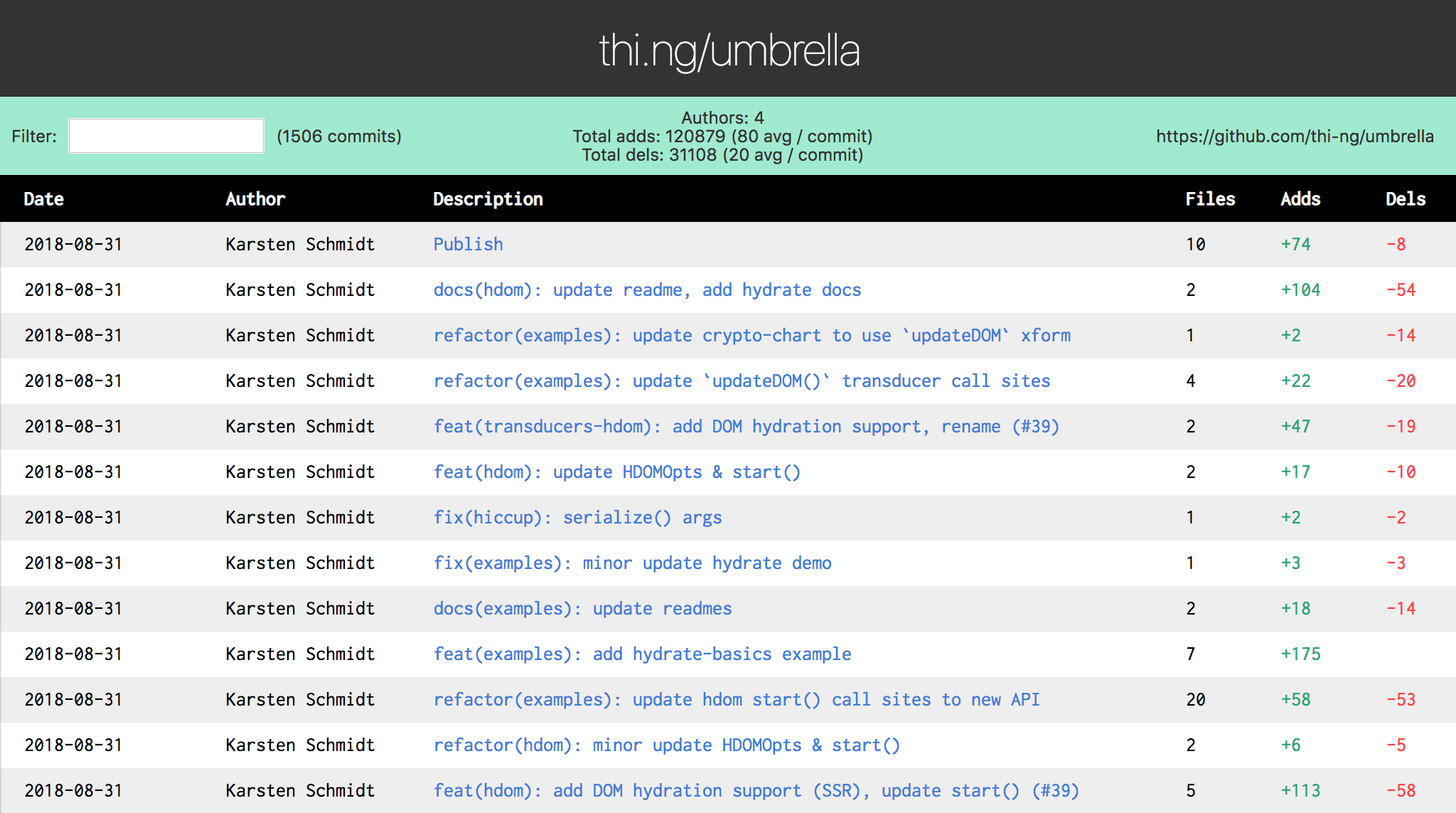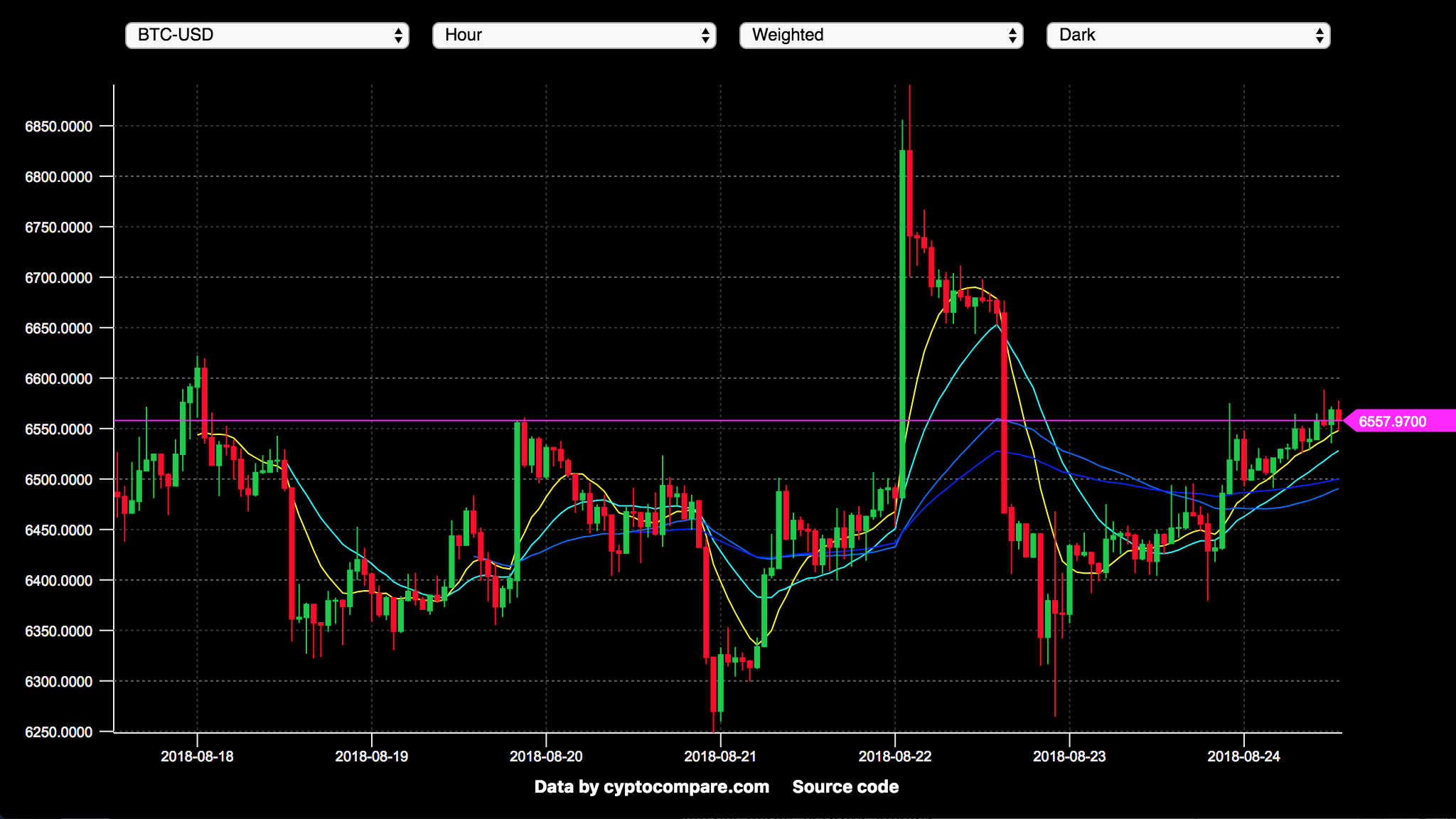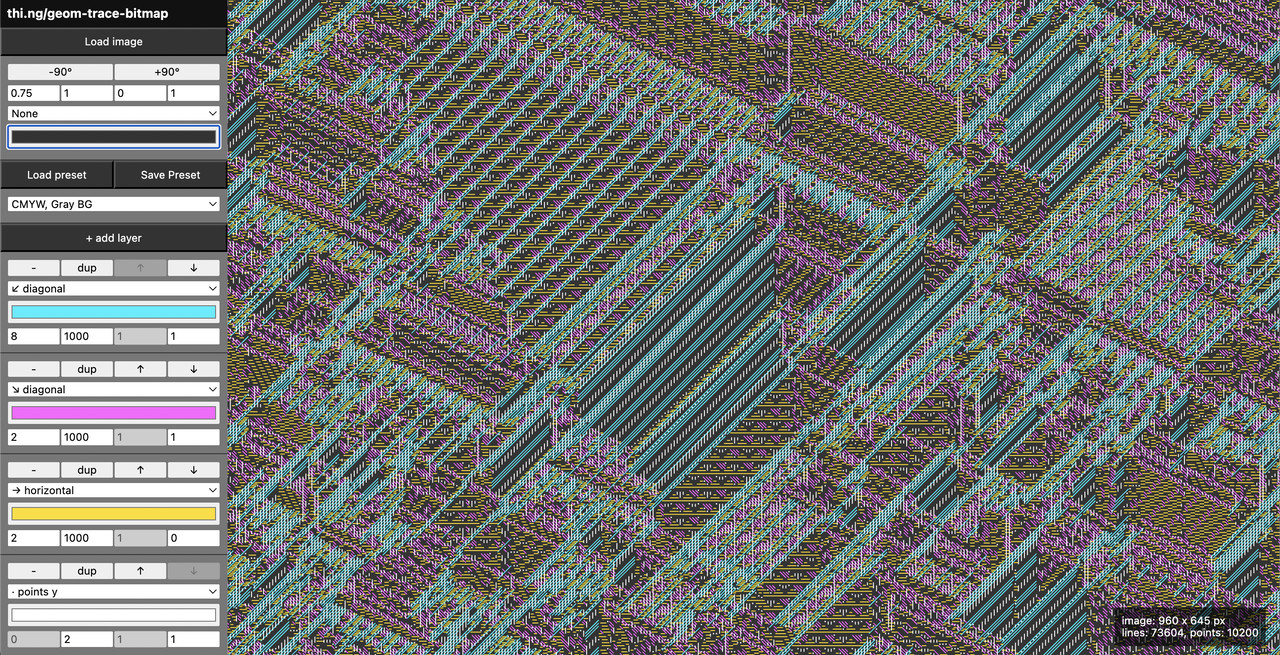Note
This is one of 199 standalone projects, maintained as part of the @thi.ng/umbrella monorepo and anti-framework.
🚀 Please help me to work full-time on these projects by sponsoring me on GitHub. Thank you! ❤️
DAG resolution of vanilla objects & arrays with internally linked values.
This is useful for expressing complex configurations with derived values or computing interrelated values without having to specify the order of computations.
It's common practice to use nested JS objects for configuration purposes. Frequently some values in the object are copies or derivatives of other values, which can lead to mistakes during refactoring and / or duplication of effort.
To avoid these issues, this library provides the ability to define single sources of truth, create references (links) to these values and provide a resolution mechanism to recursively expand their real values and / or compute derived values. Both absolute & relative references are supported.
STABLE - used in production
Search or submit any issues for this package
- @thi.ng/dgraph - Type-agnostic directed acyclic graph (DAG) & graph operations
- @thi.ng/rstream-graph - Declarative dataflow graph construction for @thi.ng/rstream
yarn add @thi.ng/resolve-mapESM import:
import * as rm from "@thi.ng/resolve-map";Browser ESM import:
<script type="module" src="https://esm.run/@thi.ng/resolve-map"></script>For Node.js REPL:
const rm = await import("@thi.ng/resolve-map");Package sizes (brotli'd, pre-treeshake): ESM: 1.02 KB
Note: @thi.ng/api is in most cases a type-only import (not used at runtime)
Three projects in this repo's /examples directory are using this package:
| Screenshot | Description | Live demo | Source |
|---|---|---|---|
 |
Filterable commit log UI w/ minimal server to provide commit history | Demo | Source |
 |
Basic crypto-currency candle chart with multiple moving averages plots | Demo | Source |
 |
Multi-layer vectorization & dithering of bitmap images | Demo | Source |
In this example we construct a graph to compute a number of statistical properties for some numeric input array. The graph is a plain object of possibly dependent functions, which can be specified in any order. Each function uses ES6 object destructuring to look up and execute other computations in the graph. Each computation is only executed once.
import { resolve } from "@thi.ng/resolve-map";
import * as tx from "@thi.ng/transducers";
// define object of interrelated computations to be executed later
// the `src` key used by most functions is still missing here and
// will be injected later as well
const stats = {
// sequence average
mean: ({ src }) => tx.mean(src),
// sequence range
range: ({ min, max }) => max - min,
// computes sequence min val
min: ({ src }) => tx.min(src),
// computes sequence max val
max: ({ src }) => tx.max(src),
// sorted copy
sorted: ({ src }) => [...src].sort((a, b) => a - b),
// standard deviation
sd: ({ src, mean })=>
Math.sqrt(
tx.transduce(tx.map((x) => Math.pow(x - mean, 2)), tx.add(), src) /
(src.length - 1)),
// compute 10th - 90th percentiles
percentiles: ({ sorted }) => {
return tx.transduce(
tx.map((x) => sorted[Math.floor(x / 100 * sorted.length)]),
tx.push(),
tx.range(10, 100, 5)
);
}
};
// inject some source data to analyze
// Note: we wrap the data as function to avoid `resolve`
// attempting to resolve each array item as well. this is
// purely for performance reasons and would also work without
// wrapping.
// Note 2: If the `stats` graph is meant to be re-usable in
// the future you MUST use the spread operator to create a
// shallow copy, because `resolve` mutates the given object
resolve({...stats, src: () => [ 1, 6, 7, 2, 4, 11, -3 ]})
// {
// mean: 4,
// range: 14,
// min: -3,
// max: 11,
// sorted: [ -3, 1, 2, 4, 6, 7, 11 ],
// sd: 4.546060565661952,
// percentiles: [ -3, 1, 2, 2, 4, 6, 6, 7, 11 ],
// src: [ 1, 6, 7, 2, 4, 11, -3 ]
// }import { resolve } from "@thi.ng/resolve-map";
resolve({
colors: {
bg: "white",
text: "black",
selected: "red",
},
main: {
fontsizes: [12, 16, 20]
},
button: {
bg: "@/colors/text",
label: "@/colors/bg",
// resolve with abs path inside fn
fontsize: ($) => `${$("/main/fontsizes/0")}px`,
},
buttonPrimary: {
bg: "@/colors/selected",
label: "@/button/label",
// resolve with relative path inside fn
fontsize: ($) => `${$("../main/fontsizes/2")}px`,
}
});
// {
// colors: {
// bg: "white",
// text: "black",
// selected: "red"
// },
// main: {
// fontsizes: [ 12, 16, 20 ]
// },
// button: {
// "bg": "black",
// "label": "white",
// "fontsize": "12px"
// },
// buttonPrimary: {
// bg: "red",
// label: "black",
// fontsize: "20px"
// }
// }Visits all key-value pairs or array items in depth-first order, expands any reference values, mutates the original object and returns it. Cyclic references are not allowed and will throw an error. However, refs pointing to other refs are recursively resolved (again, provided there are no cycles).
Reference values are special strings representing lookup paths of other values
in the object and are prefixed with given prefix string (default: @) for
relative refs or @/ for absolute refs and both using / as path separator
(Note: trailing slashes are NOT allowed!). Relative refs are resolved from the
currently visited object and support "../" prefixes to access any parent levels.
Absolute refs are always resolved from the root level (the original object
passed to this function).
import { resolve } from "@thi.ng/resolve-map";
// `c` references sibling `d`
// `d` references top-level `a`
resolve({ a: 1, b: { c: "@d", d: "@/a"} })
// { a: 1, b: { c: 1, d: 1 } }
// same with custom lookup prefix
resolve({ a: 1, b: { c: ">>>d", d: ">>>/a"} }, { prefix: ">>>" })
// { a: 1, b: { c: 1, d: 1 } }Any function values are called using two possible conventions:
- If the user function uses ES6 object destructuring for its first
argument, the given object keys are resolved prior to calling the
function and the resolved values provided as first argument (object)
and a general
resolvefunction as second argument. - If no de-structure form is found in the function's arguments, the
function is only called with
resolveas argument.
Important: ES6 destructuring can only be used for ES6 compile targets and will fail when transpiling to ES5. If you're not sure, use the 2nd (legacy) form. Also, since ES6 var names can't contain special characters, destructured keys can ALWAYS only be looked up as siblings of the currently processed key.
The resolve function provided as arg to the user function accepts a path
(without @ (or custom) prefix) to look up any other values in the root
object.
import { resolve } from "@thi.ng/resolve-map";
// `c` uses ES6 destructuring form to look up `a` & `b` values
// `d` uses provided resolve fn arg `$` to look up `c`
resolve({ a: 1, b: 2, c: ({ a, b }) => a + b, d: ($) => $("c") })
// { a: 1, b: 2, c: 3, d: 3 }
// last item references item @ index = 2
resolve([1, 2, ($) => $("0") + $("1"), "@2"])
// [1, 2, 3, 3]The return value of the user provided function is used as final value
for that key in the object. This mechanism can be used to compute
derived values of other values stored anywhere in the root object.
Function values will always be called only once. Therefore, in order
to associate a function as final value to a key, it MUST be wrapped with
an additional function, as shown for the e key in the example below.
Similarly, if an actual string value should happen to start with @, it
needs to be wrapped in a function (see f key below).
import { resolve } from "@thi.ng/resolve-map";
// `a` is derived from 1st array element in `b.d`
// `b.c` is looked up from `b.d[0]`
// `b.d[1]` is derived from calling `e(2)`
// `e` is a wrapped function
// `f` is wrapped to ignore `@` prefix
const res = resolve({
a: ($) => $("b/c") * 100,
b: { c: "@d/0", d: [2, ($) => $("../../e")(2) ] },
e: () => (x) => x * 10,
f: () => "@foo",
})
// { a: 200, b: { c: 2, d: [ 2, 20 ] }, e: [Function], f: "@foo" }
res.e(2);
// 20Values can be protected from further resolution attempts by wrapping them via
resolved().
By default, these wrapped values are only used during the resolution phase and
the final result object/array will only contain the original, unwrapped values.
Unwrapped values will also be supplied to any lookup functions, no
.deref() necessary
there.
import { resolve, resolved } from "@thi.ng/resolve-map";
resolve({ a: 42, b: ({a}) => resolved(a) });
// { a: 42, b: 42 }
const res = resolve({ a: 42, b: ({a}) => resolved(a) }, { unwrap: false });
// { a: 42, b: Resolved { _value: 42 } }
// obtain b's value via .deref()
res.b.deref()
// 42Since v7.1.0 a new onlyFnRefs option has been added which changes the
resolution behavior to not consider string values for resolution at all
anymore and instead requires the use of function values to trigger resolution.
import { resolve } from "@thi.ng/resolve-map";
// default behavior
resolve({ a: "@c", b: ({a}) => a, c: 42 })
// { a: 42, b: 42, c: 42 }
// with option enabled
resolve({ a: "@c", b: ({a}) => a, c: 42 }, { onlyFnRefs: true })
// { a: '@c', b: '@c', c: 42 }If this project contributes to an academic publication, please cite it as:
@misc{thing-resolve-map,
title = "@thi.ng/resolve-map",
author = "Karsten Schmidt",
note = "https://thi.ng/resolve-map",
year = 2018
}© 2018 - 2024 Karsten Schmidt // Apache License 2.0



